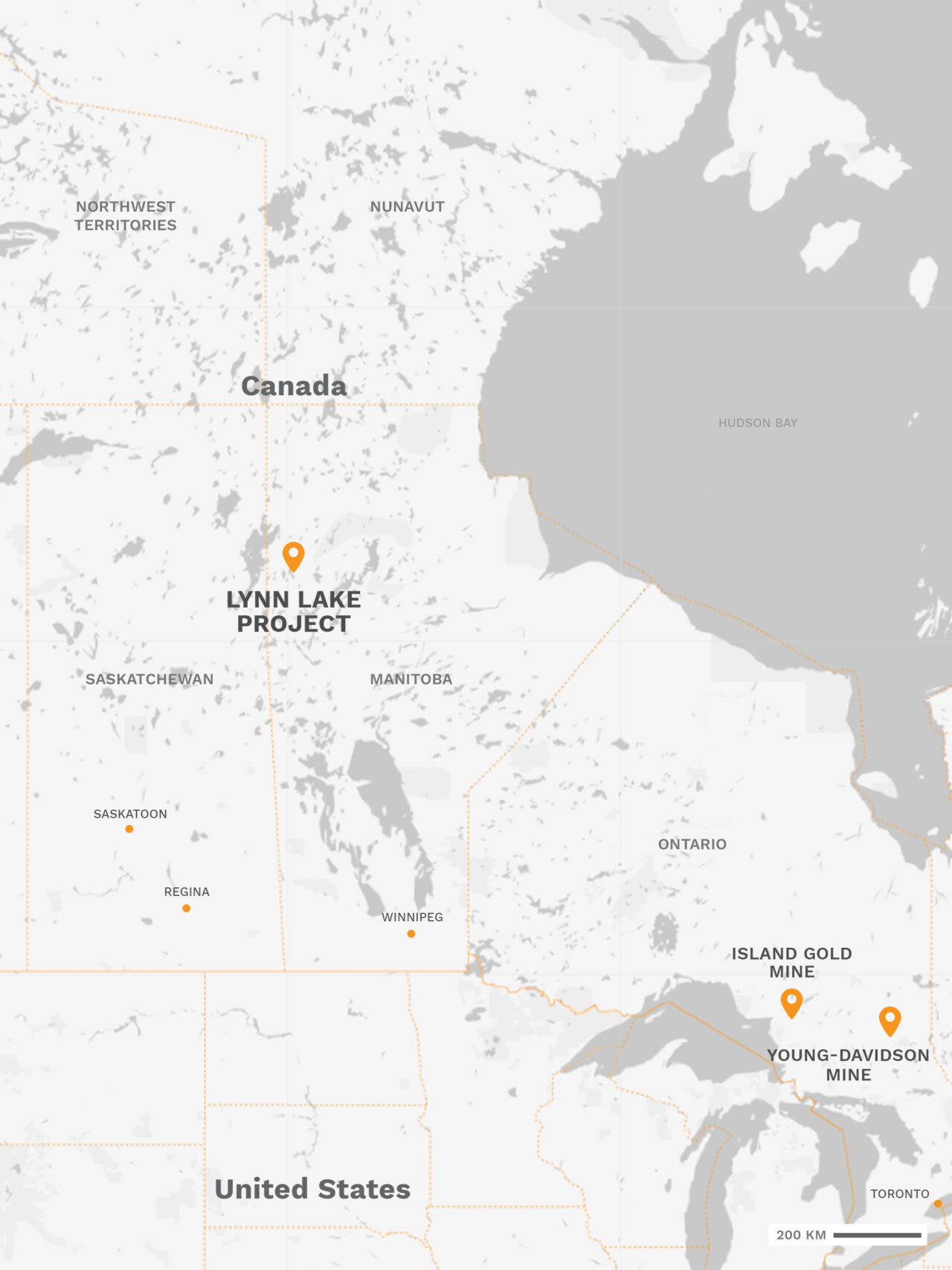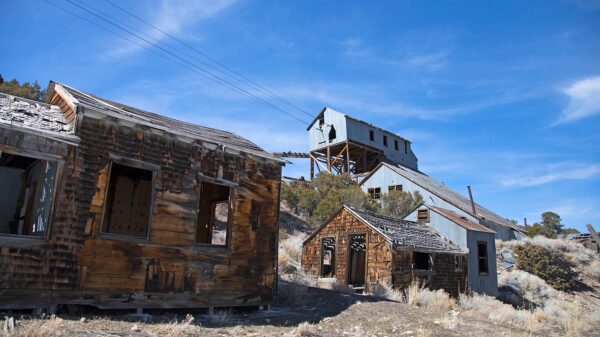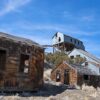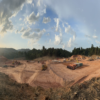Alamos Gold Inc. (TSX: AGI) (NYSE: AGI)’s Lynn Lake Gold Project in Manitoba has been authorized by the Minister of Environment and Climate Change Steven Guilbeault to proceed.
However, the project can only proceed with sustainable environmental measures subject to 177 conditions to protect the environment and Indigenous communities well-being.
The decision was announced on Monday and it is based on the findings of the Environmental Assessment Report from the Impact Assessment Agency of Canada, which were used to determine that the environmental mitigation measures outlined for the project offer a sustainable way for the project to move forward.
A federal review based on scientific evidence and Indigenous knowledge was conducted for the proposed open-pit gold mine and metal mill near the Town of Lynn Lake situated approximately 1000 kilometres north of Winnipeg.
Alamos Gold wants to redevelop two previously active mines in the region called the Gordon and MacLellan sites. The mine is expected to operate for 13 years and will provide economic development for the town and the surrounding region. As per the proponent’s estimates, the project will generate up to 406 jobs during construction and 412 during operation.
Among the 177 conditions imposed by the decision, encompass measures to protect the well-being and socio-economic circumstances of Indigenous Peoples, their traditional and cultural practices, woodland caribou, migratory birds, fish habitats and water quality and quantity.
“Achieving both of these important regulatory milestones for the Lynn Lake Gold Project represents a multi-year, collaborative effort by our team and our commitment to environmental sustainability,” Alamos Gold CEO John A. McCluskey said in a statement.
“Lynn Lake is a significant opportunity to drive the future growth of our business in Canada, with the potential to increase our annual production to approximately 800,000 ounces of gold per year.”
Alamos also said on Monday that Manitoba has already issued Environment Act Licenses for the MacLellan and Gordon sites.
Alamos Gold stock dropped by 2.76 per cent on Monday to $13.75 on the Toronto Stock Exchange.
Read more: Alamos Gold to acquire Manitou Gold in $17.2M transaction, increases Ontario land package by 267%
Read more: Alamos Gold drills one of its best holes near Mexico’s Mulatos mine
After finishing the 2017 feasibility study on the Lynn Lake Project exploration at the Gordon and MacLellan deposits led to a 27 per cent increase in mineral reserves to 2.1 million ounces of gold. An updated Feasibility Study incorporating these achievements is expected in H1 2023.
The Lynn Lake Project has a $5 million budget for 2023, including 8,000 metres of drilling and focuses on expanding mineral reserves and resources near the Gordon deposit and evaluating the Burnt Timber and Linkwood deposits for future potential.
The Lynn Lake Property also holds promising exploration targets, such as the Tulune greenfields discovery and the Maynard target, which will be evaluated and advanced in 2023.

The Lynn Lake project is located in northern Manitoba and consists of two primary sites, MacLellan and Gordon, which are just east of the Town of Lynn Lake. Graph via Alamos Gold.
Project needs to safeguard the caribou population
In order to safeguard the population of woodland caribou and its habitat, certain precautions must be taken by Alamos Gold.
The company is required to perform site-clearing activities for the project during a time outside of the species’ calving and calf-rearing period. Alamos must also avoid any destruction or alteration of woodland caribou habitat, and participate in habitat restoration initiatives, including a collaring program that is part of Manitoba Natural Resources and Northern Development’s Provincial Caribou Recovery Strategy.
Additionally, Alamos Gold is responsible for developing and implementing a follow-up program to assess the effectiveness of all mitigation measures undertaken by the project in terms of the habitat, health and survival of the woodland caribou.
During the environmental assessment process, Indigenous groups contributed their perspectives, expertise, and knowledge regarding the potential effects of the project.














